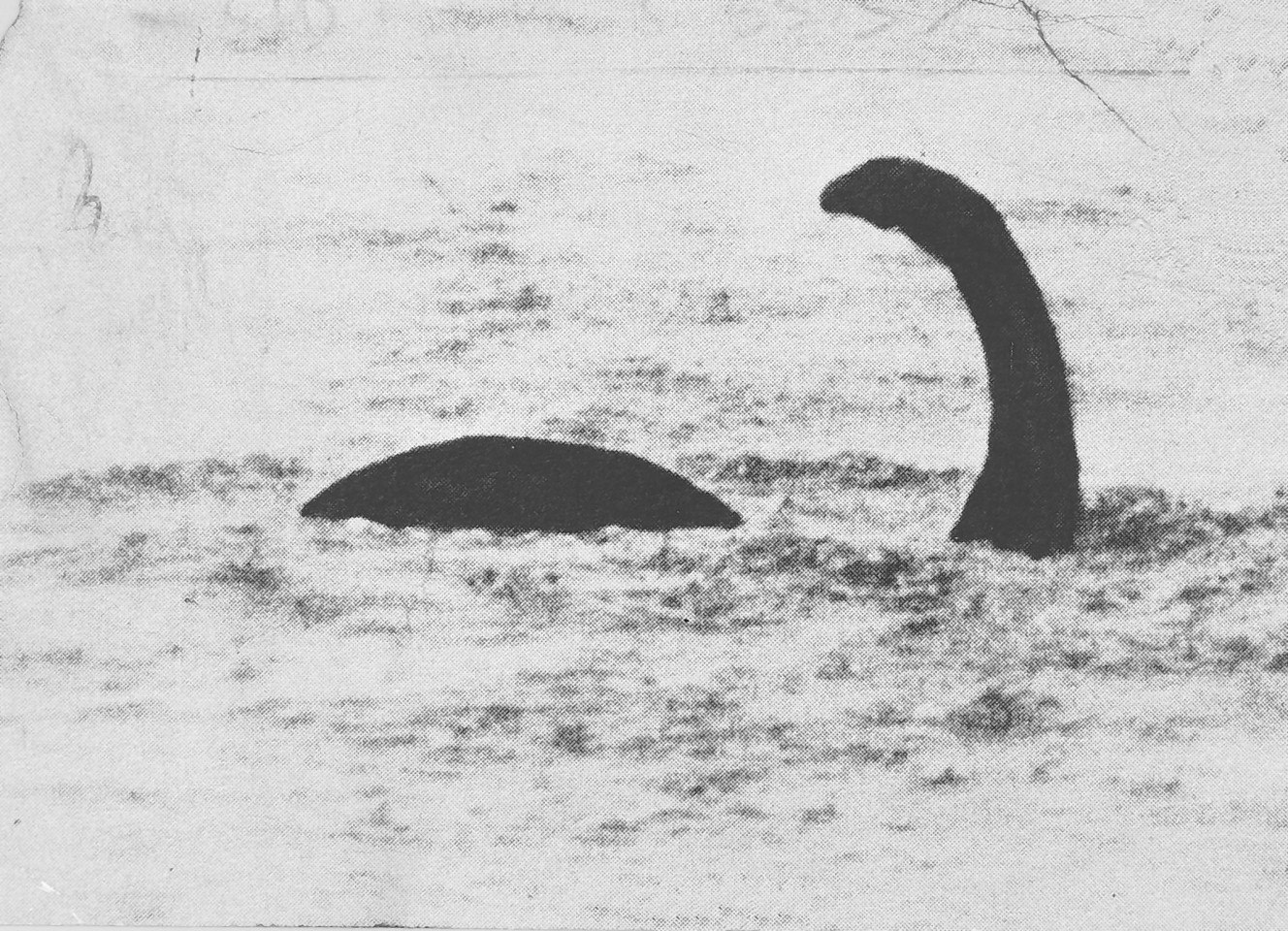Secret files have revealed Scotland’s fears of an English plot to kidnap the Loch Ness Monster and put the carcass on display at the Natural History Museum in London.
The documents show placing a bounty on Nessie’s head had made it a matter of national pride who ended up with the remains – and that the Duke of Edinburgh had even suggested calling in the Royal Navy to search for the creature.
The Scottish Office opened a file on the monster in December 1933 in Edinburgh after being bombarded with inquiries from the Press.
But “Nessie Files” have also been found at the Natural History Museum in London. They show by 1934, only a year after the first sightings on the loch, both the Natural History in Museum in London and the Royal Scottish Museum in Edinburgh wanted Nessie – dead or alive.
But while Scotland hoped that the bounty hunters could be kept at bay long enough to get new laws passed to protect the creature, London preferred it shot on sight.
In March 1934, an unnamed official at the National History Museum – responding to a question about the museum’s policy on Nessie – made no bones about how they thought bounty hunters should deal with the creature.
His message to them was very clear: “Should you ever come within range of the ‘Monster’ I hope you will not be deterred by any humanitarian considerations from shooting him on the spot and sending the carcass to us in cold storage, carriage forward.”
According to more files found in Edinburgh, pressure was already growing for a special Act of Parliament to prevent Nessie being killed or captured.
The campaign was led by Inverness MP Murdoch MacDonald who assured the Secretary of State Sir Godfrey Collins the creature was no myth.
“Evidence of its presence can be taken as undoubted. Far too many people have seen something abnormal to question its existence,” he wrote.
By 1962, Natural History Museum director Sir Terence Morrison-Scott had opened his own file on the phenomena.
Sir Terence was lukewarm on the whole idea and was concerned at what he called Tory MP David James’ “obsession with Nessie”.
Mr James had met Prince Philip to discuss his Loch Ness project earlier in 1962 – and the Duke encouraged him to contact the Royal Navy for assistance.
Sir Terence wrote: “He has spoken of his plans to the Duke of Edinburgh, tried to gain the support of Sir Solly Zuckerman (MoD’s Chief Scientific Advisor) and will no doubt continue to explore all high profile avenues.”
